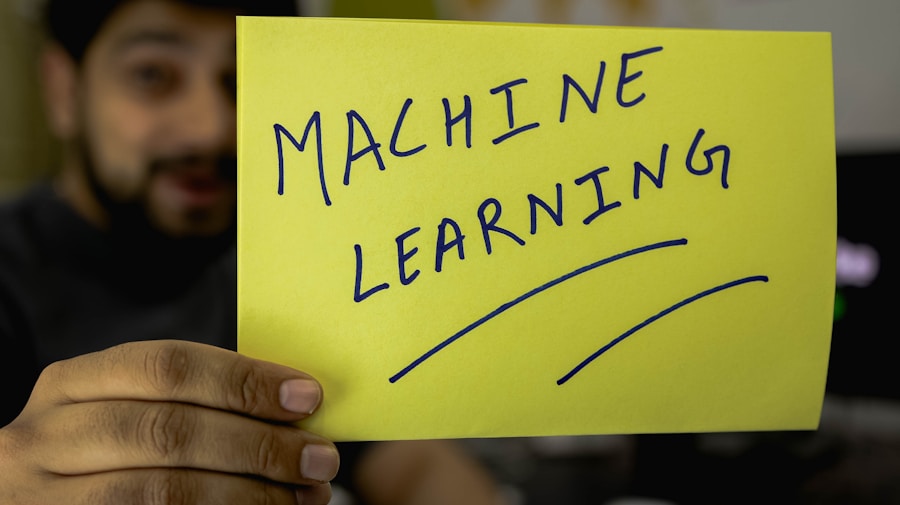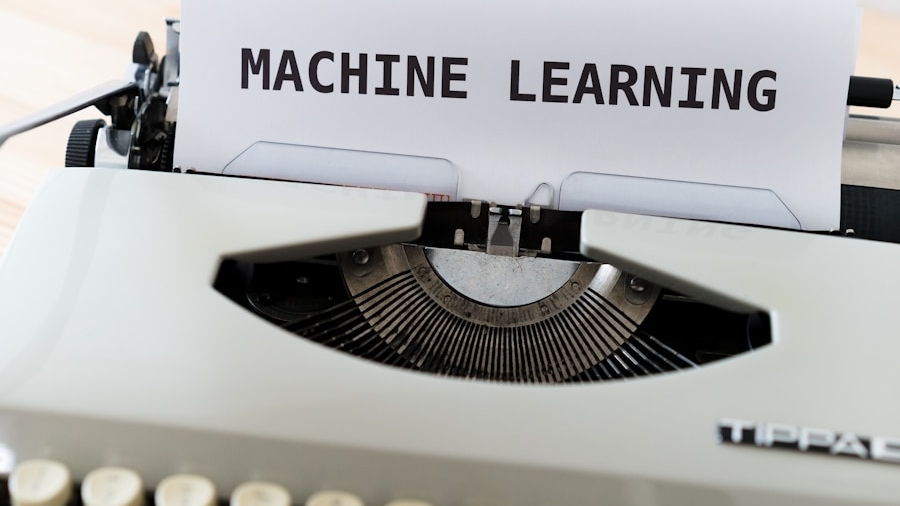Transfer learning is a powerful paradigm in the field of artificial intelligence (AI) and machine learning that leverages knowledge gained from one task to enhance the performance of a different but related task. This approach is particularly valuable in scenarios where labeled data is scarce or expensive to obtain. By utilizing pre-trained models, which have been trained on large datasets, transfer learning allows practitioners to adapt these models to new tasks with relatively little additional training.
This not only accelerates the development process but also improves the efficiency of resource utilization in AI projects. The concept of transfer learning is rooted in the idea that certain features learned from one domain can be beneficial when applied to another. For instance, a model trained on a vast dataset of images can be fine-tuned for a specific application, such as medical imaging or facial recognition, with minimal additional data.
This capability is akin to human learning, where knowledge acquired in one context can be applied to solve problems in another. As AI continues to evolve, transfer learning has emerged as a critical technique that enables models to generalize better and perform effectively across various tasks.
Key Takeaways
- Transfer learning involves using knowledge gained from one task to improve learning and performance in another task.
- Benefits of transfer learning in AI include improved model performance, reduced training time, and the ability to work with limited data.
- Challenges and limitations of transfer learning include domain adaptation, negative transfer, and the need for careful selection of pre-trained models.
- Transfer learning finds applications in various domains such as computer vision, natural language processing, and healthcare.
- Techniques and approaches in transfer learning include fine-tuning, feature extraction, and domain adaptation to leverage pre-trained models effectively.
Benefits of Transfer Learning in AI
One of the most significant benefits of transfer learning is its ability to reduce the amount of labeled data required for training models. In many real-world applications, acquiring labeled data can be a daunting task due to the time, cost, and expertise involved. Transfer learning mitigates this challenge by allowing models to start with a solid foundation built on extensive datasets.
For example, a model pre-trained on ImageNet, which contains millions of labeled images across thousands of categories, can be fine-tuned for a specific task like identifying rare species in wildlife photography with only a few hundred labeled examples. Moreover, transfer learning significantly decreases the computational resources and time needed for training. Traditional machine learning approaches often require extensive training from scratch, which can be resource-intensive and time-consuming.
In contrast, transfer learning allows practitioners to leverage existing models, thus accelerating the training process. This efficiency is particularly advantageous in industries where rapid deployment is crucial, such as finance or healthcare, where timely insights can lead to better decision-making and outcomes.
Challenges and Limitations of Transfer Learning

Despite its numerous advantages, transfer learning is not without its challenges and limitations. One primary concern is the potential for negative transfer, which occurs when the knowledge transferred from one domain adversely affects the performance of the model in the target domain. This situation can arise when the source and target tasks are too dissimilar or when the pre-trained model’s features do not align well with the new task’s requirements.
For instance, a model trained on general object recognition may struggle when applied to a highly specialized task like detecting specific types of defects in manufacturing processes. Another challenge lies in the selection of appropriate pre-trained models and the fine-tuning process. The effectiveness of transfer learning heavily depends on choosing a model that has been trained on relevant data and possesses features that are transferable to the new task.
Additionally, fine-tuning requires careful consideration of hyperparameters and training strategies to ensure optimal performance. If not executed properly, these factors can lead to subpar results or overfitting, where the model performs well on training data but fails to generalize to unseen examples.
Applications of Transfer Learning in Different Domains
Transfer learning has found applications across various domains, showcasing its versatility and effectiveness in solving complex problems. In computer vision, for instance, transfer learning has revolutionized tasks such as image classification, object detection, and segmentation. Pre-trained convolutional neural networks (CNNs) like VGG16 or ResNet have become standard tools for practitioners looking to tackle specific image-related challenges without starting from scratch.
These models can be adapted for applications ranging from autonomous vehicles to medical imaging diagnostics. In natural language processing (NLP), transfer learning has similarly transformed how models are developed and deployed. Models like BERT (Bidirectional Encoder Representations from Transformers) and GPT (Generative Pre-trained Transformer) have set new benchmarks in various NLP tasks by leveraging vast amounts of text data for pre-training.
These models can be fine-tuned for specific applications such as sentiment analysis, language translation, or chatbots with minimal additional data.
Techniques and Approaches in Transfer Learning
Several techniques and approaches have been developed to facilitate effective transfer learning across different tasks and domains. One common method is feature extraction, where a pre-trained model is used to extract relevant features from input data without modifying its weights. This approach allows practitioners to utilize the learned representations while applying their classifiers or regression models on top of these features.
For example, in image classification tasks, features extracted from a pre-trained CNN can serve as input for simpler models like support vector machines (SVMs) or logistic regression. Another approach is fine-tuning, which involves taking a pre-trained model and continuing its training on a new dataset specific to the target task. Fine-tuning typically requires adjusting some layers of the model while keeping others frozen to retain previously learned features.
Techniques such as layer freezing and gradual unfreezing are often employed during fine-tuning to optimize performance while preventing overfitting.
Case Studies of Successful Transfer Learning Implementation

Enhancing Diagnostic Accuracy in Healthcare
In the healthcare sector, researchers have utilized transfer learning to improve diagnostic accuracy in medical imaging. For example, a study showed that a model pre-trained on general image datasets and fine-tuned for detecting pneumonia in chest X-rays significantly improved diagnostic accuracy compared to models trained solely on smaller medical datasets.
Improving Autonomous Driving with Transfer Learning
In the realm of autonomous driving, companies like Tesla have employed transfer learning techniques to enhance their vehicle’s perception systems. By leveraging vast amounts of data collected from their fleet of vehicles, Tesla has been able to train models that recognize road signs, pedestrians, and other vehicles more effectively.
Adapting to New Environments and Conditions
The ability to transfer knowledge from one driving scenario to another has enabled Tesla’s AI systems to adapt quickly to new environments and conditions, thereby enhancing safety and reliability.
Future Trends and Developments in Transfer Learning
As AI continues to advance, several trends are emerging that will shape the future of transfer learning. One notable trend is the increasing focus on unsupervised and semi-supervised learning techniques that complement transfer learning methodologies. Researchers are exploring ways to leverage unlabelled data alongside pre-trained models to further enhance performance in scenarios where labeled data is limited.
This hybrid approach could lead to more robust models capable of generalizing across diverse tasks. Additionally, advancements in model architectures and training techniques are likely to influence how transfer learning is applied in practice. The rise of transformer-based models has already demonstrated significant improvements in various tasks, suggesting that future developments may focus on optimizing these architectures for transfer learning applications.
Furthermore, as computational resources become more accessible, there may be an increase in research aimed at developing lightweight models that maintain high performance while being efficient enough for deployment on edge devices.
The Impact of Transfer Learning on AI Scalability
Transfer learning has emerged as a transformative force within the field of artificial intelligence, enabling practitioners to build powerful models with reduced data requirements and training times. Its ability to leverage existing knowledge across different tasks not only enhances model performance but also democratizes access to advanced AI capabilities across various industries. As challenges related to negative transfer and model selection continue to be addressed through ongoing research and innovation, the potential applications of transfer learning will only expand.
The scalability offered by transfer learning positions it as a cornerstone technique for future AI developments. As organizations seek to harness AI’s potential for solving complex problems efficiently, transfer learning will play an integral role in shaping how these technologies are developed and deployed across diverse sectors. The ongoing exploration of new methodologies and applications will undoubtedly lead to further advancements that enhance our understanding and utilization of this powerful approach in artificial intelligence.
In a recent article on enicomp.com, the Samsung Galaxy S23 was reviewed, highlighting its impressive features and performance. This review of a cutting-edge smartphone serves as a reminder of the importance of technology in our daily lives and how advancements in AI, like transfer learning, are shaping the future. As we continue to rely on technology for various tasks, such as using laptops for SolidWorks or finding the best laptop for copywriters, the role of transfer learning in scaling AI across domains becomes increasingly significant. To read more about the Samsung Galaxy S23 review, click

